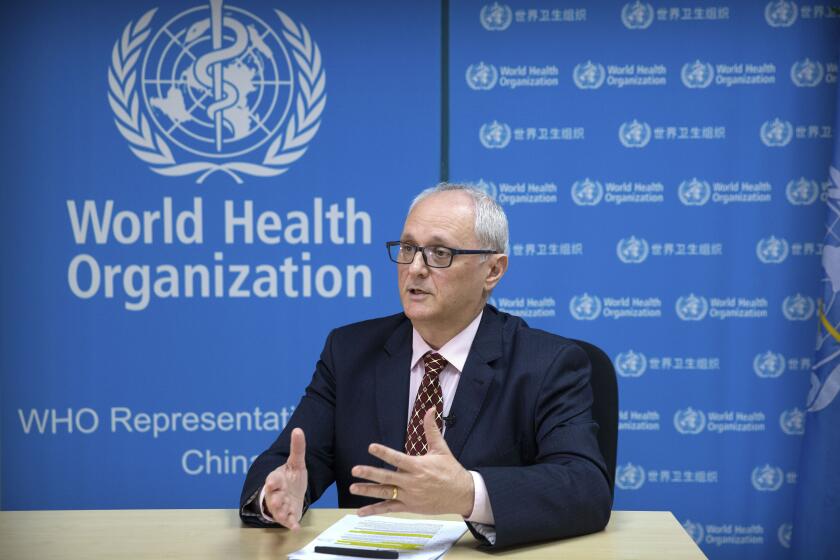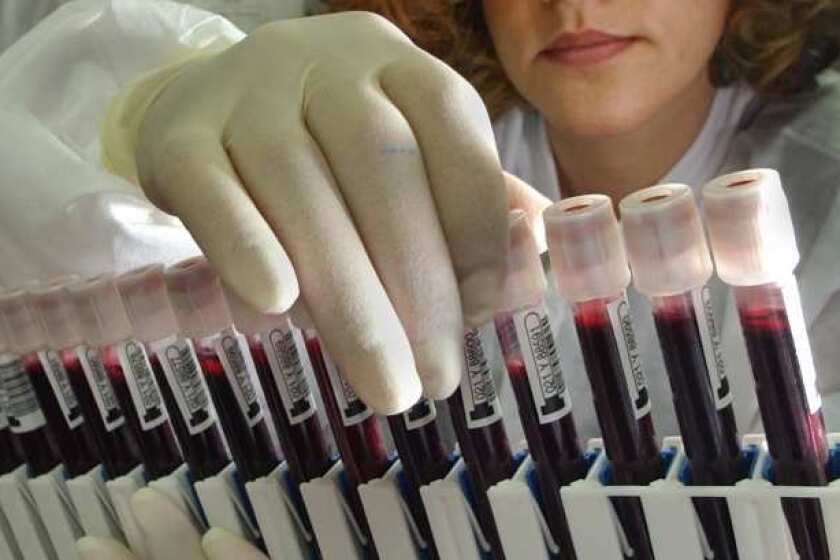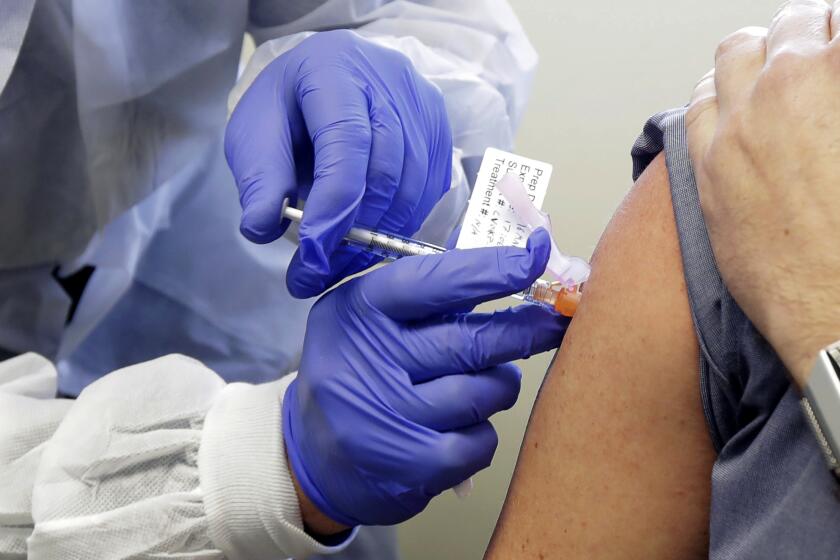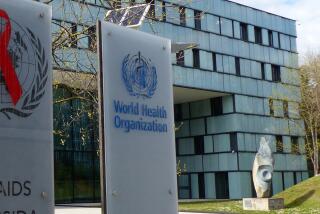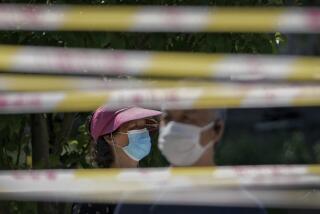World Health Organization acknowledges that coronavirus can linger in the air

SEATTLE â Under growing pressure from researchers, the World Health Organization acknowledged Thursday that the coronavirus can linger in the air indoors and potentially infect people even when they practice social distancing.
The United Nations agency had maintained that such airborne transmission occurred only during certain medical procedures and that nearly all infections occur when people inhale respiratory droplets expelled in their immediate vicinity or when they touch contaminated surfaces.
But mounting evidence â including âsuper-spreadingâ events in which multiple choir singers, restaurant diners or dance students were infected â suggests that the virus can be transmitted through microscopic droplets known as aerosols that can float in the air, potentially for hours.
This week, 239 researchers wrote an open letter to the WHO, urging officials to accept the possibility that aerosols were an important contributor to the spread of the virus.
In revised guidelines issued Thursday, the WHO recommended avoiding enclosed spaces with poor ventilation as well as crowded places. But it did not substantially change its position on masks, maintaining that they need to be worn only when social distancing of at least six feet is not possible.
The organization said that airborne transmission had not been definitively demonstrated but granted that it was a possibility in outbreaks such as one that sickened 53 of 61 choir members who attended a March 10 practice in Washington state. Two of the singers died.
Two World Health Organization experts are heading to Beijing to lay the groundwork for a larger mission to investigate the origins of the coronavirus.
âIn these events, short-range aerosol transmission, particularly in specific indoor locations, such as crowded and inadequately ventilated spaces over a prolonged period of time with infected persons cannot be ruled out,â the new guidelines say.
The WHO said that more research is âurgently needed to investigate such instances and assess their significance for transmission of COVID-19.â
Scientists who signed the letter said that the new guidelines did not go far enough in heeding the evidence of airborne spread.
âWHOâs slow motion on this issue is unfortunately slowing the control of the pandemic,â said Jose Jimenez, a University of Colorado chemist.
Scientists are finding evidence that blood type may be a risk factor for COVID-19. In one study, people with Type A blood were more likely to be hospitalized.
He said that much of the public is already ahead of the WHO when it comes to masks.
âMasks should be worn in indoor settings, away from home, at all times, no matter the distance,â Jimenez said. âAerosols are most effective in transmission at short distances, but they can mix widely within a room and lead to infection, as many super-spreading cases have shown already.â
At the heart of the scientific debate is the size of the particles that people exhale and whether those particles quickly fall to a surface or hover in the air. The droplets that humans expel when they cough, sneeze or breathe vary widely and can break into smaller pieces in the air.
Scientists have devised a way to use the plasma of COVID-19 survivors for an upper arm injection that could inoculate people against the virus.
Skeptics of airborne transmission say particles larger than 5 microns are too heavy to travel more than six feet.
But Jimenez said that was shown to be incorrect by studies conducted as early as 1934. He said a 50-micron particle might stay in the air for 20 seconds, a 5-micron particle for 15 minutes and a 1-micron particle for hours.
âIt is shocking to see a major international organization continue to propagate this error,â he said.
Donald Milton, a University of Maryland aerosol expert, said âpeer-reviewed scientific publications clearly demonstrate that particles even as large as 30 microns can move on air currents and travel more than 10 meters indoors.â
The deadly outbreak among members of a choir has stunned health officials, who have concluded that the virus was almost certainly transmitted through the air from one or more people without symptoms.
He and other researchers said the basic concept has been well established and that debating the finer points had wasted valuable time as the coronavirus spread.
For years, scientists met much the same resistance concerning influenza, because of the difficulty of capturing samples of the virus in the air, Milton said.
But two research groups ultimately proved that influenza was present, and the understanding of airborne transmission became commonplace.
More to Read
Sign up for Essential California
The most important California stories and recommendations in your inbox every morning.
You may occasionally receive promotional content from the Los Angeles Times.
